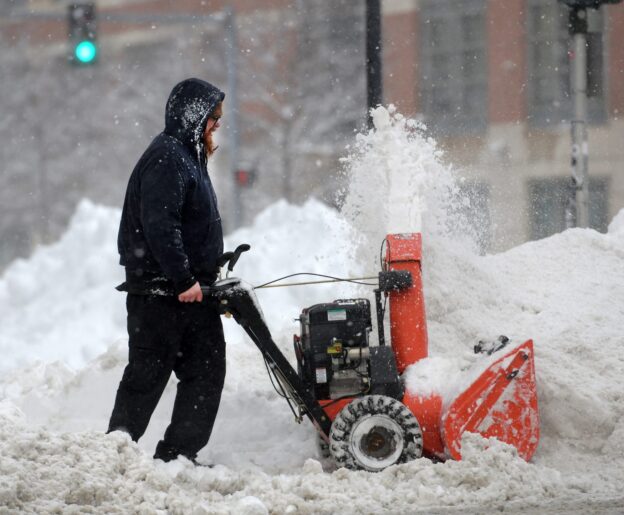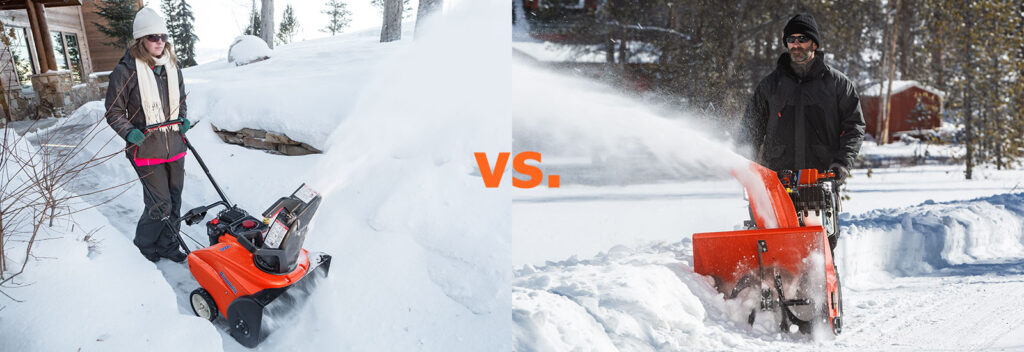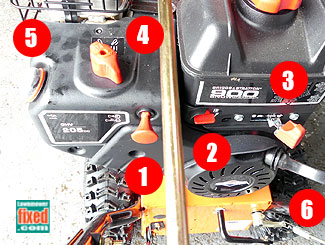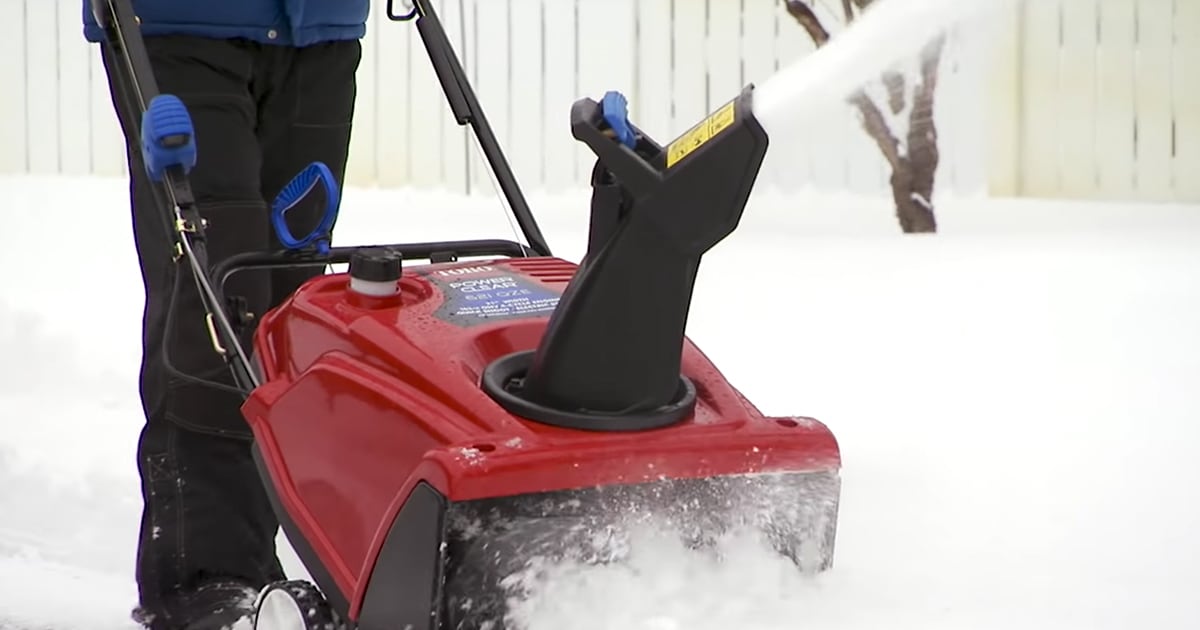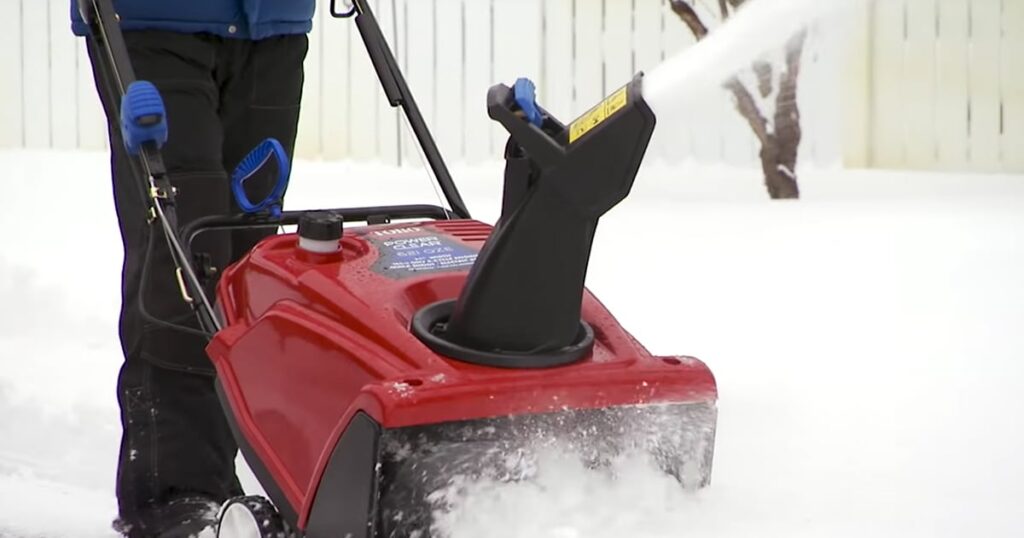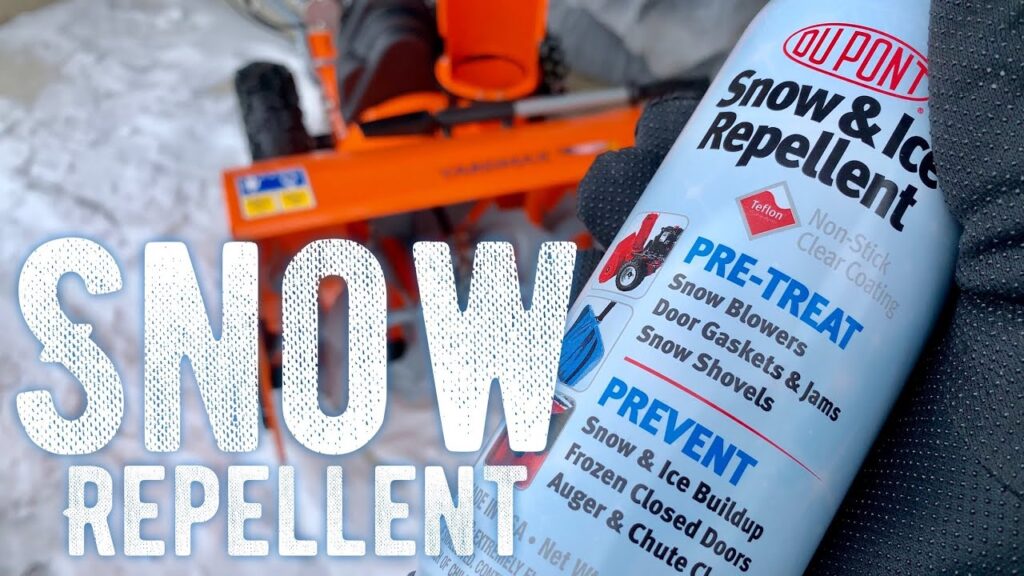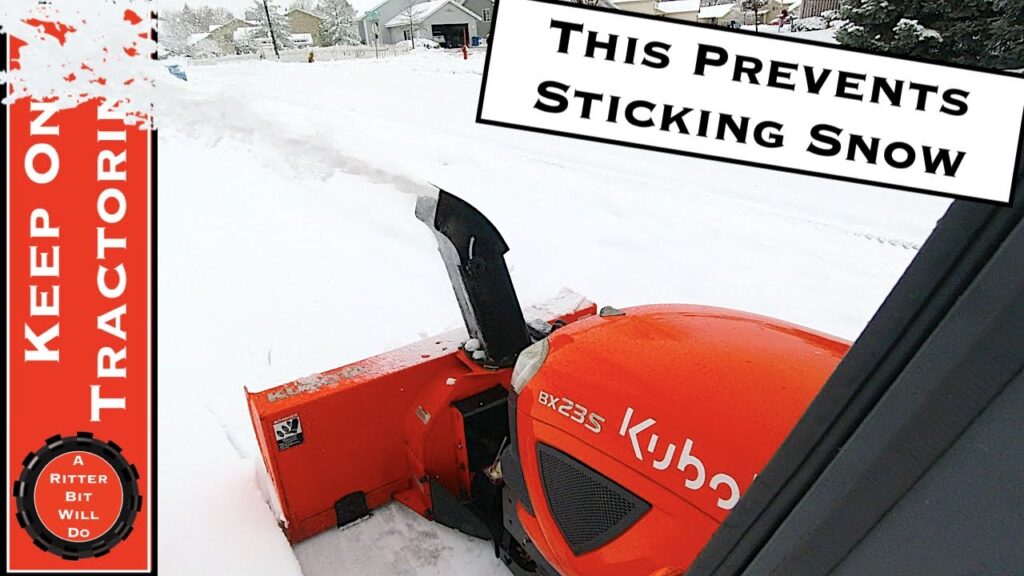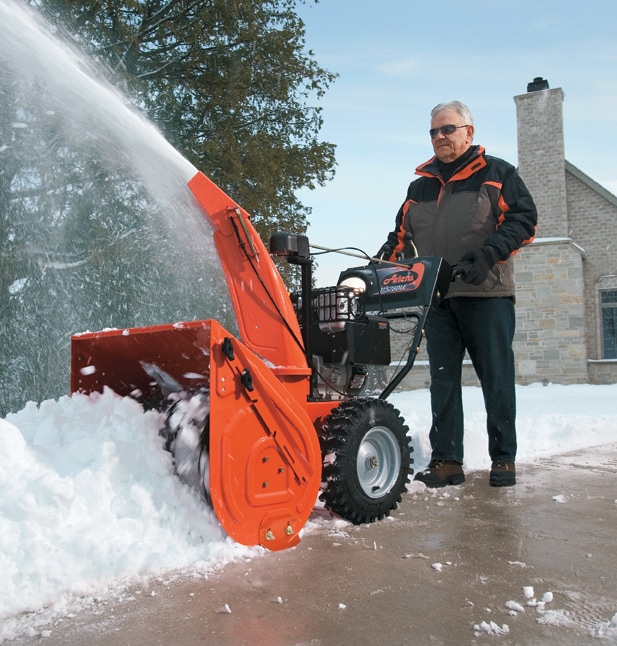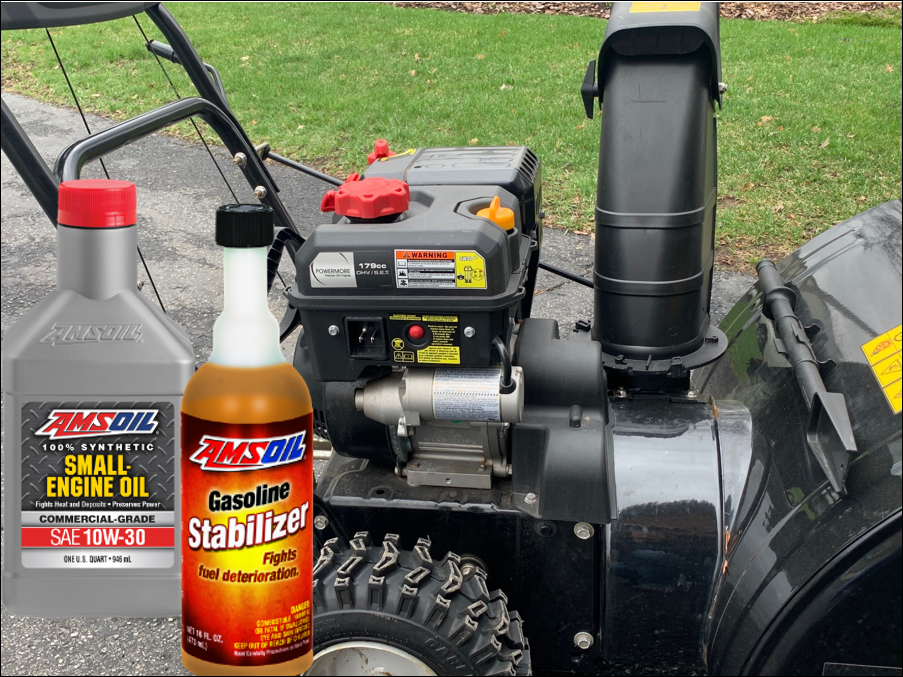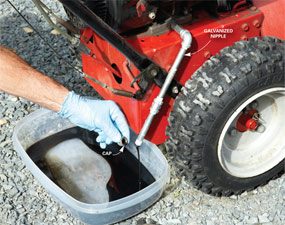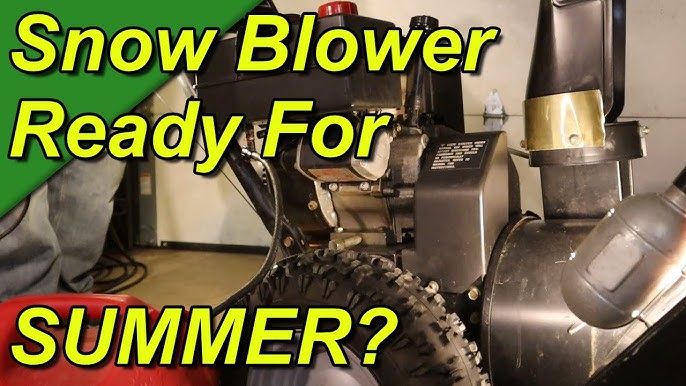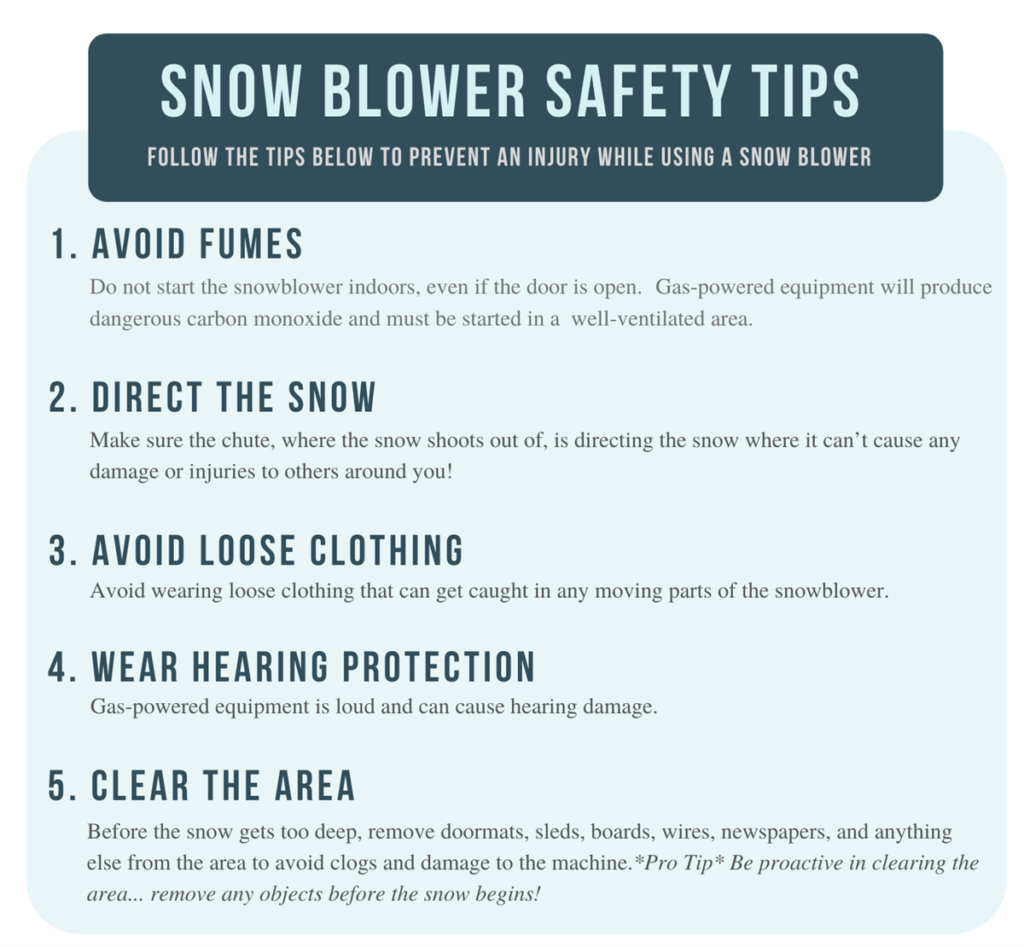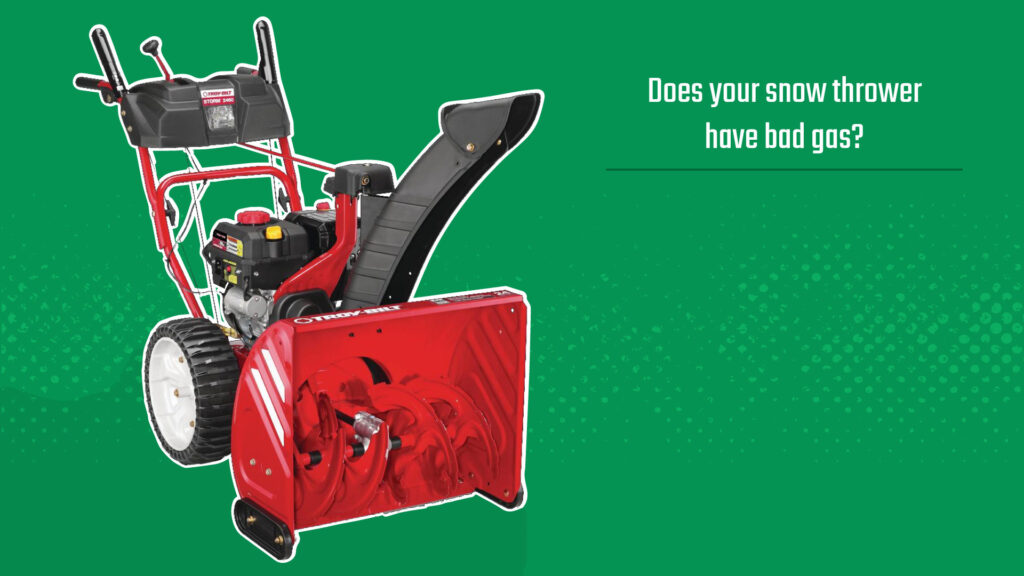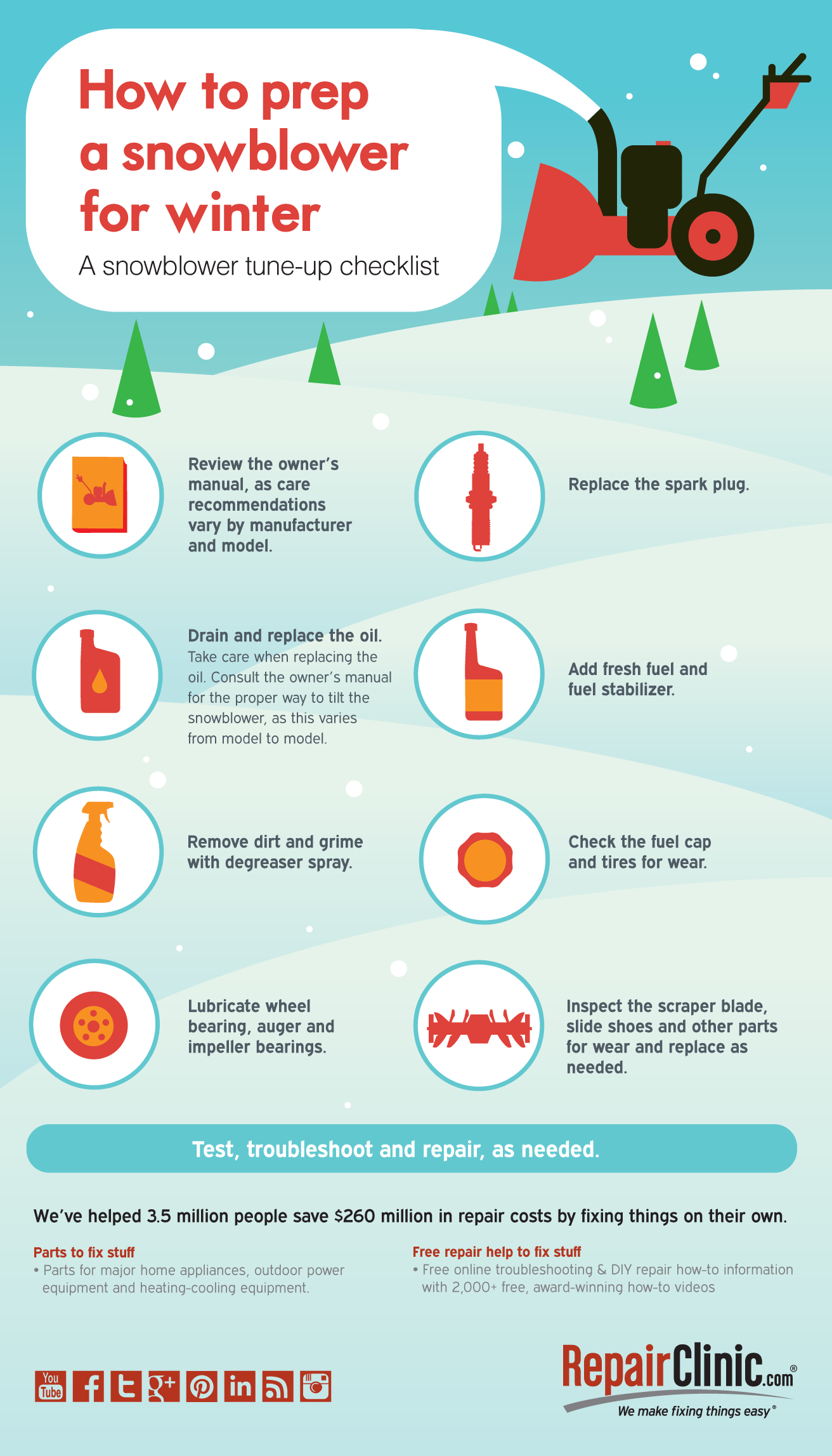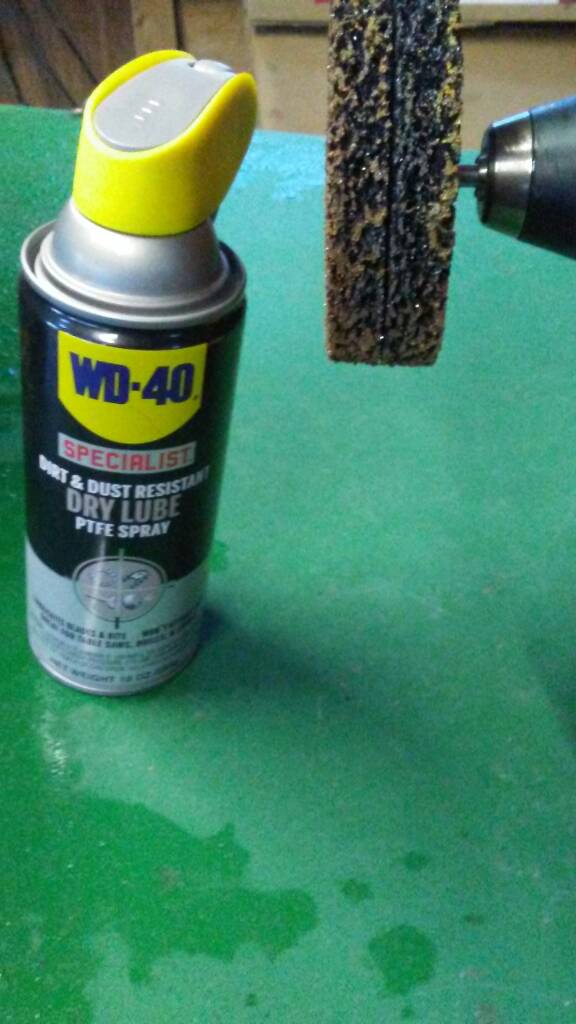Imagine waking up to a winter wonderland, with fresh blankets of snow covering the ground. As you sip your steaming hot coffee, you contemplate whether it’s time to fire up your trusty snowblower. But wait, there are times when using a snowblower might not be the best option. This article will shed light on those instances when it’s prudent to put your snowblower on standby and consider alternative methods for clearing snow from your driveway and sidewalks.
When Not To Use A Snowblower
Winter can bring a lot of joy with its picturesque landscapes and cozy evenings by the fire. However, the snow that comes with the season also brings its fair share of challenges. While snowblowers can be a great tool for clearing snow efficiently, there are certain situations when it is best to leave the snowblower in the garage. In this article, we will explore various scenarios where using a snowblower may not be the best option. Whether it’s the type of snow, the terrain, limited space, weather conditions, fragile surfaces, physical limitations, or other factors, it’s important to know when to put the snowblower aside and consider alternative methods of snow removal.
1. Deep Snow
1.1 Wet and Heavy Snow
While snowblowers are generally designed to handle various types of snow, including wet and heavy snow, there may be instances when it is not the ideal choice. Wet and heavy snow can put a significant strain on the snowblower’s engine and chute, potentially causing clogs or damage to the machine. In such cases, it might be more efficient to use a shovel or a snow pusher to clear the snow manually.
1.2 Packed Snow
Packed snow, which occurs when snow is compressed and becomes dense, can pose a challenge for snowblowers. The auger of a snowblower may struggle to break through the tightly packed snow, leading to inefficient snow removal. In these situations, it may be more effective to use a snow shovel or a snow plow attachment.
1.3 Deep Drifts
Deep drifts of snow can present a formidable obstacle for a snowblower. The height and thickness of these drifts can overwhelm the snowblower’s capacity, leading to reduced efficiency and potential strain on the machine. In such cases, it is recommended to first clear the top layer of snow using a shovel or a snow pusher, and then use the snowblower for the remaining snow.
2. Slopes and Uneven Terrain
2.1 Steep Slopes
Snowblowers are not designed to handle steep slopes or inclines. The combination of gravity and the machine’s propulsion can make it difficult to maintain control, posing a safety risk. In these situations, it is safer to use a snow shovel or seek professional snow removal services to ensure the safety of yourself and others.
2.2 Icy and Slippery Surfaces
When dealing with icy and slippery surfaces, a snowblower may not provide the traction required for effective snow removal. The wheels or tracks of the snowblower can easily lose traction, making it difficult to maneuver on these surfaces. It is advisable to use alternative methods such as spreading salt, using ice melt products, or manually removing the snow with a shovel in these conditions.
2.3 Rough and Uneven Ground
Snowblowers are designed to operate best on flat and even surfaces. When faced with rough and uneven ground, such as gravel or rocky terrain, a snowblower may become less efficient or even sustain damage. It is recommended to use a snow shovel or a snow plow attachment suitable for uneven ground in these instances.

This image is property of images.radio.com.
3. Limited Space
3.1 Narrow Walkways
Navigating narrow walkways with a snowblower can be challenging due to its size and the limited maneuverability it offers. In these situations, it is often more practical to use a snow shovel or a smaller snow removal tool that allows for better control and precision.
3.2 Small Patios or Decks
For small patios or decks, a snowblower may not be the most suitable option. The confined space can make it difficult to operate the machine effectively, potentially causing damage to the surroundings or the snowblower itself. In such cases, using a snow shovel or a broom to manually clear the snow may be a better choice.
4. Wet Conditions
4.1 Rainy Weather
Using a snowblower during rainy weather can be counterproductive and potentially damage the machine. Wet snow tends to clog the snowblower’s chute and auger, leading to poor performance and possible clogs. It is recommended to wait for the snow to dry out or switch to alternative snow removal methods during rainy conditions.
4.2 Slushy Snow
Slushy snow, which is a mix of melted snow and water, can be challenging for a snowblower. The moisture content of slush can cause clogging and reduce the machine’s efficiency. In these situations, it is advisable to manually remove the slush using a shovel or wait for it to freeze before using a snowblower.
4.3 Icy Conditions
When dealing with icy conditions, a snowblower may not provide adequate traction. The wheels or tracks can easily slip on ice, making it difficult to navigate and operate the machine safely. It is recommended to use alternative methods such as salt, ice melt products, or manual removal with a shovel to address ice-related snow removal.

This image is property of empire-s3-production.bobvila.com.
5. Loose Debris or Gravel
Snowblowers are not designed to handle loose debris or gravel. The auger of the machine can pick up and propel rocks, gravel, or other debris, posing a safety risk and potentially damaging the machine. In areas with loose debris or gravel, it is best to use a snow shovel or a suitable snow plow attachment to clear the snow.
6. Fragile Surfaces
6.1 Decorative Pavement
Decorative pavement, such as interlocking brick or delicate stonework, can be easily damaged by the auger or wheels of a snowblower. The machine’s weight and movement can chip or break the delicate surfaces, causing costly repairs. It is recommended to avoid using a snowblower on these types of surfaces and instead use a snow shovel or broom to clear the snow manually.
6.2 Delicate Landscaping
Snowblowers should be used with caution around delicate landscaping. The powerful discharge of snow and potential contact with plants, trees, or delicate garden features can cause damage. It is advisable to use alternative methods such as a snow shovel or a broom to minimize the risk of damaging the landscaping.

This image is property of www.travelers.com.
7. Gentle Snowfall
During a gentle snowfall where the accumulation is minimal, a snowblower may not be necessary. In such instances, using a snow shovel or broom is often sufficient to remove the light layer of snow without the need for a snowblower. This allows for a quieter and more environmentally friendly option.
8. Physical Limitations
8.1 Health Conditions
Individuals with certain health conditions or physical limitations may find operating a snowblower challenging or risky. Heart conditions, back problems, or other health concerns can make it unsafe to operate heavy machinery. It is important to prioritize personal health and safety by opting for alternative snow removal methods or seeking assistance from others.
8.2 Lack of Strength or Endurance
Using a snowblower can require a certain level of physical strength and endurance, especially when dealing with heavy or deep snow. If you lack the necessary strength or stamina to operate the machine effectively, it is advisable to use a snow shovel, snow pusher, or seek professional snow removal services to avoid excessive strain or injury.
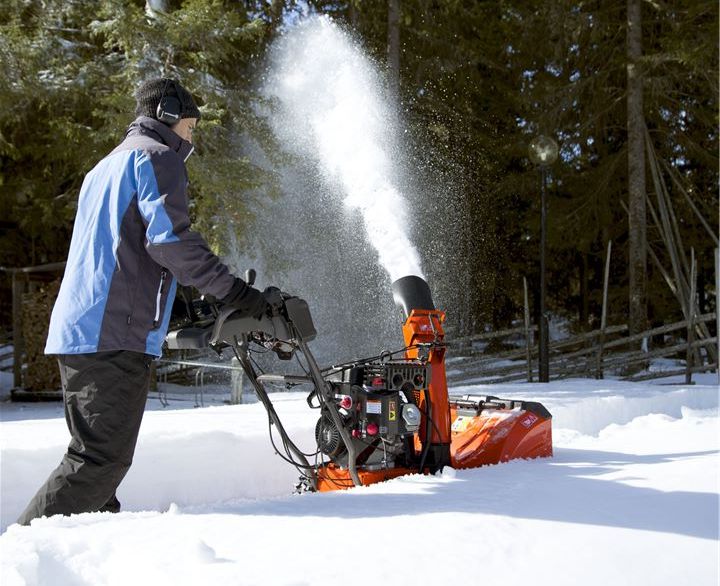
This image is property of www.gardentoolexpert.com.
9. Noise and Environmental Concerns
Snowblowers can generate significant noise levels during operation, which can disrupt the peace and quiet of your surroundings. Additionally, snowblowers contribute to carbon emissions, which can have a negative impact on the environment. Consideration for noise pollution and environmental concerns may prompt you to opt for quieter and more eco-friendly snow removal methods like shoveling or seeking professional services.
10. Cost and Maintenance
10.1 Initial Investment
Snowblowers can be a significant investment. If you live in an area with mild or infrequent snowfall, the cost of purchasing a snowblower may not be justified. In these cases, utilizing alternative snow removal tools like shovels or brooms may be a more cost-effective option.
10.2 Maintenance Expenses
Maintaining a snowblower requires regular maintenance and occasional repairs, which can incur additional expenses. If you prefer to minimize maintenance costs or are not inclined towards equipment maintenance, using simpler snow removal methods like shovels or brooms can be a more practical choice.
In conclusion, while snowblowers are incredibly efficient and time-saving in many snow removal situations, there are circumstances in which it is best to explore alternative methods. Whether it’s the type of snow, the terrain, limited space, weather conditions, fragile surfaces, physical limitations, or other factors, understanding when not to use a snowblower can help ensure effective and safe snow removal. By considering the specific challenges presented by each situation and opting for the most suitable snow removal method, you can tackle the winter snow with confidence and ease. Stay safe and enjoy the beauty of the season!
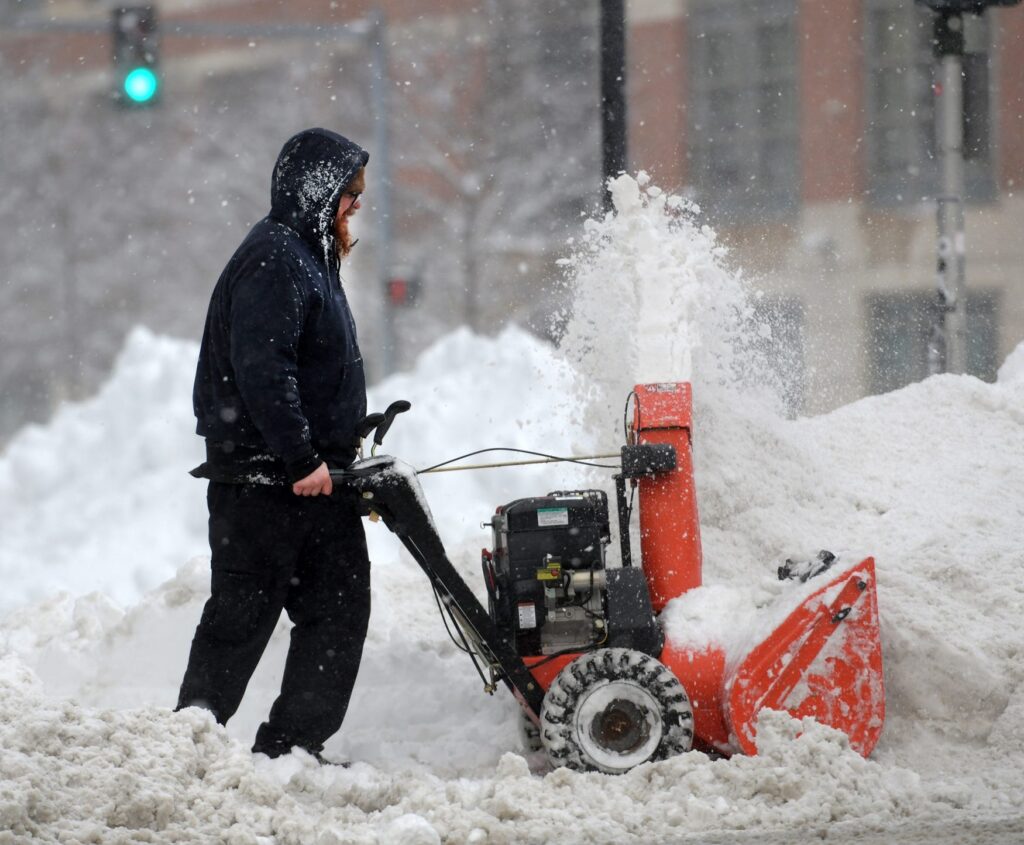
This image is property of www.telegram.com.
